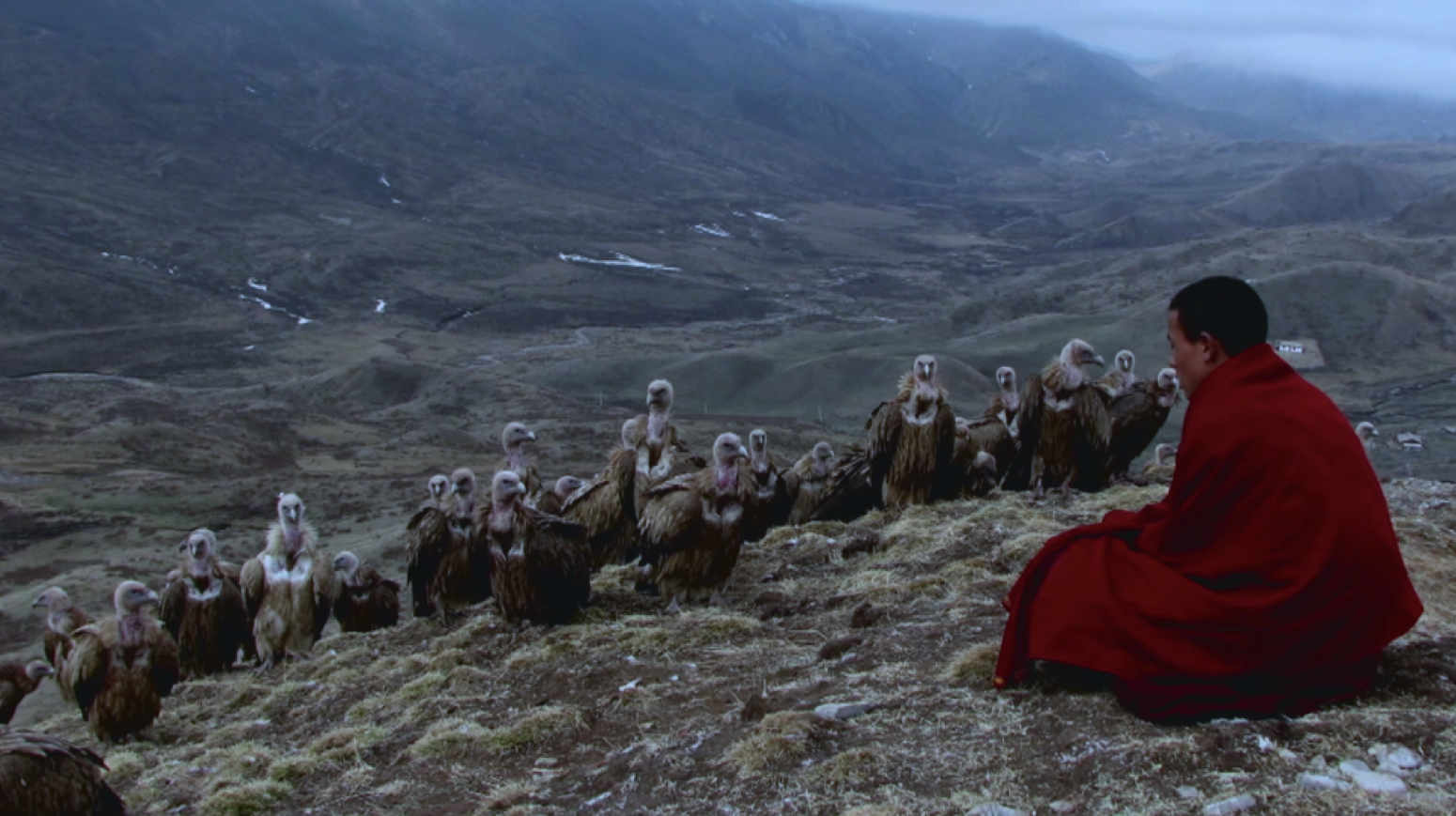Lesson Plan August 15, 2016
Religion and the Environment in China
Country:
Grades:
Questions for "Searching for Sacred Mountain"
- What are the environmental challenges that China is currently facing?
- What ratio of China’s population is Buddhist?
- What does the article suggest is the connection between environmental challenges and Buddhism?
- What is the dominant religious belief in China? What does the Communist government say about organized religion?
- What do the Buddhists interviewed in piece say about their connections to the environment? Where does Shi go in the film? What is its significance?
- What is considered the water tower of Asia? Why is it called that?
- How is the monk interviewed at the monastery bringing attention to endangered wildlife?
- What do you learn about the Tibetan faith from visiting the monastery?
- What is sacred mountain? What is the belief in sacred mountain? What are the rules? What is the environmental value of sacred mountains?
- What has been the government’s response to Tibetan commitment to sacred mountains?
Objective:
You will be able to analyze the purpose and motives behind the film "Searching for Sacred Mountain" in order to create resources analyzing connections between faith and environmental in your own communities
Warm-up:
Write your responses to the following questions on a separate sheet of paper. Be prepared to share your answers.
- What are some of the environmental challenges facing your city?
- What do you think is your government's responsibility to combatting those environmental challenges? What is the government currently doing?
- What do you think is your community's responsibility to combating these challenges? What is your community doing now to combat these challenges?
- What are you currently doing to combat the challenges you listed? What motivates you to do that? (Is it a law? Is it because you are personally affected? Is it a part of your morals? Is it a part of your religious beliefs to do these things?)
Introducing the Lesson:
Today's lesson explores "Searching for Sacred Mountain," a short documentary film from Gary Marcuse and Shi Lihong that explores connections between environmental advocacy and Buddhism in China.
Consider the following before watching the film:
- What are some of the environmental challenges currently facing China? Click here to learn more.
- What is the dominant faith in China? How do current faith traditions in China compare to ancient faith traditions?

Introducing the Resource: "Searching for Sacred Mountain"
View the film attached and answer the corresponding comprehension questions. As you watch, also pay attention to how the filmmakers structure the film. Consider the following:
- What moments stick with you from the film?
- What do you think is the purpose of the film?
- How does the author balance interviews and research to achieve that purpose?
Discussion:
After viewing the film, prepare for a discussion that addresses the following questions:
- What moments stuck with you from the film? What questions do you still have?
- What does the film suggest is the connection between faith and environmental sustainability initiatives in China? How do the authors explain that connection?
- What do you learn about Buddhist traditions from the film?
- How is the connection between faith and environmental awareness alike or different in your community?
Extension Activities:
1. Using "Searching for Sacred Mountain" as inspiration, research connections between faith and environmental sustainability initiatives in your own community. Reflect on the dominant faiths in your community and identify leaders that you can interview. Interview leaders of religious institutions in your community about their views on environmental sustainability, then write an essay comparing their responses to the religious leaders interviewed in the film.
2. Research environmental challenges facing your community. Using the drawings, photography and films made by the monastery featured in the film as inspiration, come up with an artistic way to build awareness and investment in the issue. Be sure to design your art in a way that will connect to your community.
3. Use the film as inspiration to write out questions you still have about Buddhism and Buddhist traditions. Try to think of as many aspects of the culture that you could investigate (ex: traditions, clothes, beliefs, family structure, etc.) Conduct research to find the answers to your questions and then create a presentation that expresses what you've learned about the practices of Buddhism.
This plan connects to the film "Searching for Sacred Mountain," a 20-minute documentary that explores connections between Buddhism and environmental sustainability practices in China. Using the film, students also reflect on environmental challenges facing their communities, analyze what motives communities to focus on environmental sustainability and ultimately conduct a research project investigating connections between faith and environmental sustainability in their own communities. The lesson is written for students to explore independently, but can be adapted to include more discussion and group work.
Also attached is a shorter version of the film, which was screened on PBS Newshour.
CCSS.ELA-LITERACY.SL.8.2
Analyze the purpose of information presented in diverse media and formats (e.g., visually, quantitatively, orally) and evaluate the motives (e.g., social, commercial, political) behind its presentation.








